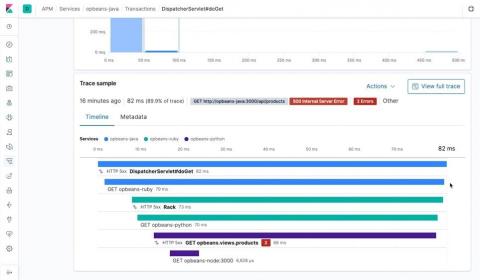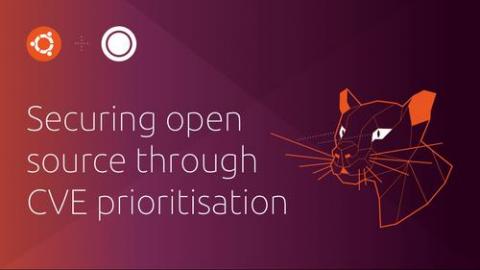DevOps 101: Container Registries
This is a repost from the JFrog dev.io blog site. When you’re new to an industry, you encounter a lot of new concepts. This can make it really difficult to get your feet underneath you on an unfamiliar landscape, especially for junior engineers. In this series, I’ll cover tools and terminology common to the DevOps space, plus the occasional newbie-friendly tutorial for emerging or established technologies. If you have a request or suggestion, let me know!










